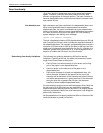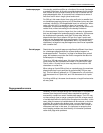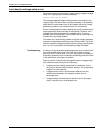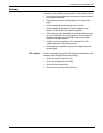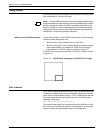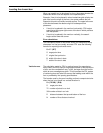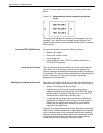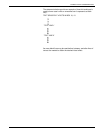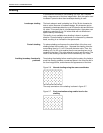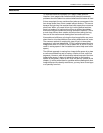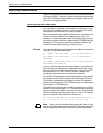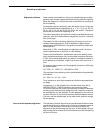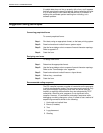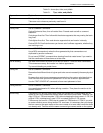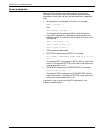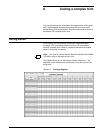
FORMS LAYOUT CONSIDERATIONS
5-12 XEROX DOCUPRINT 96/DOCUPRINT 96MX LPS FORMS CREATION GUIDE
Shading
It is sometimes desirable to use shading in a form, but it requires
using a large amount of the form image buffer. Also, the space used
increases if portrait rather than landscape shading is used.
Landscape shading The basic element used in shading is a 32-by-32-dot character for
dots or xdots. Because of hardware design, this character can be
repeated in a landscape direction up to 32 times for dots and 64 times
for xdots. This means that in a landscape direction, the system can
shade any area from 0.1 to 3.4 inches wide with no difference in
space used by the shading.
This facility is not available when shading is done in a portrait
direction. Portrait shading is performed on a character-by-character
basis, resulting in an increase in the space used.
Portrait shading To reduce shading and improve the visual effect of the form, end
shading before the boundary line. Separate the shading from the
surrounding lines by 0.1 to 0.2 line and character units. Thus, the
shading is 0.2 to 0.4 units smaller than the surrounding box and is
centered in that box. (The units referred to are lpi and cpi units.) The
result is that shading is set back from the borders by 3 to 5 dots.
Avoiding boundary line density
problems
Terminating the shading before reaching the boundary line helps to
avoid line density problems, conserves space in the form file and in
the form image buffer, and enhances the appearance of the form.
Figure 5-6. Normal shading-using the same coordinates
The early termination of the shading is shown in figure 5-7.
Figure 5-7. Early termination-using smaller box for the
shading



